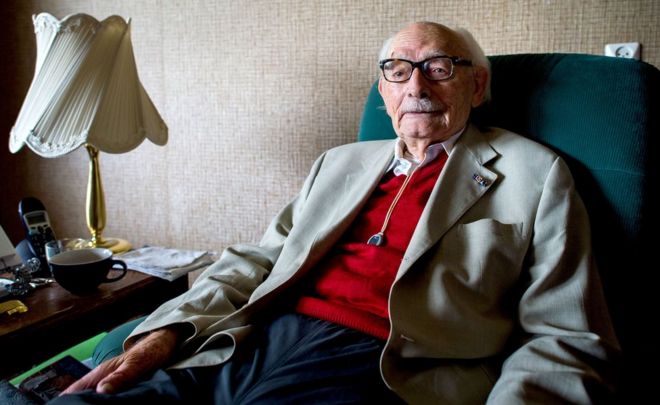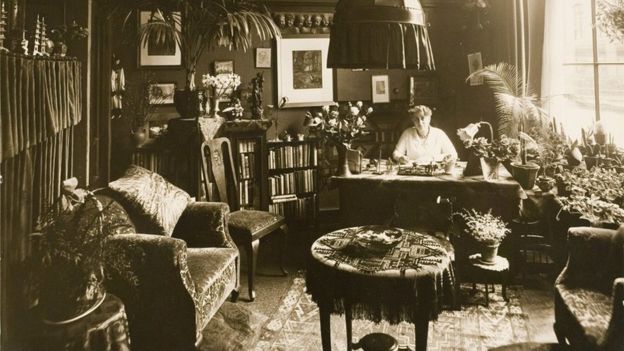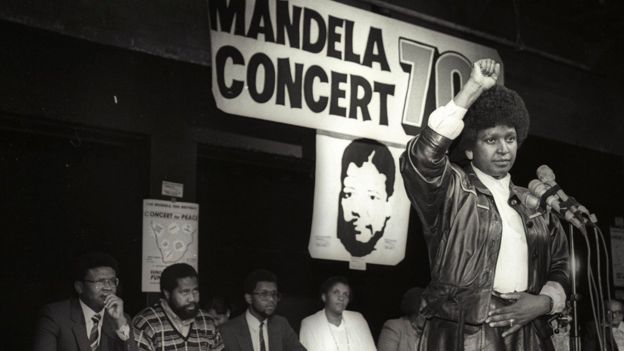House Means Committee Member Louise Slaughter passes...
Rep. Louise Slaughter dies at 88
03/16/18 - Rep. Louis Slaughter, an institution of New York politics and a groundbreaking Democrat on Capitol Hill, died early Friday morning after sustaining a head injury in a fall at her Washington residence last week.
Rep. Louise Slaughter dies at 88
03/16/18 - Rep. Louis Slaughter, an institution of New York politics and a groundbreaking Democrat on Capitol Hill, died early Friday morning after sustaining a head injury in a fall at her Washington residence last week.
The 88-year-old Slaughter made history in 2007, becoming the first woman to take the gavel of the powerful House Rules Committee, and was instrumental in securing some of the Democrats’ most significant legislative victories of the last decade, including ObamaCare and the law tackling lawmaker insider trading.
Slaughter's office announced her passing in a statement Friday morning. “To have met Louise Slaughter is to have known a force of nature. She was a relentless advocate for Western New York whose visionary leadership brought infrastructure upgrades, technology, and research investments, and two federal manufacturing institutes to Rochester that will transform the local economy for generations to come," Liam Fitzsimmons, Slaughter's chief of staff, said in a statement.
House Minority Leader Nancy Pelosi (D-Calif.) hailed Slaughter as “a trailblazer” in the fight for universal health care and empowering women in politics. Congress, she said, “has lost a beloved leader and a cherished friend.” “In her lifetime of public service and unwavering commitment to working families, Congresswoman Slaughter embodied the very best of the American spirit and ideals,” Pelosi said in a statement. “Her strong example inspired countless young women to know their power, and seek their rightful place at the head of the decision-making table.”
Rep. Loiuse Slaughter
Born in Kentucky and educated in microbiology, Slaughter moved to New York after graduate school, cutting her teeth in local and state politics before first arriving on Capitol Hill in 1987. She made an early mark as a champion of homeless children, women's reproductive rights, environmental protection of the Great Lakes region and the manufacturing sector surrounding her Rochester district. Following the Democratic wave of 2006, she seized the Rules gavel, becoming the first women in the nation’s history to chair the panel. Her New York colleague, Senate Minority Leader Charles Schumer (D), characterized her as “a giant.”
MORE









